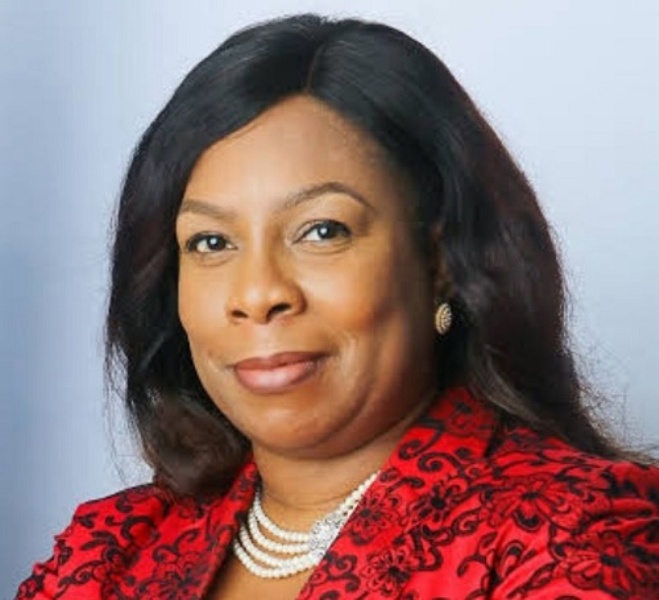The Universal Basic Education Commission (UBEC) has released a report showing that 24 states in Nigeria have a deficit of 260,551 classrooms in their public primary schools.
In the report, the commission identified Kano, Katsina, Akwa Ibom as leading the other states.
According to the report, Kano has a shortfall of 52,176 classroom, followed by Katsina with 33,241; Akwa-Ibom, 22,204; Kaduna, 22,138; Oyo, 17,914; and Imo 14,318.
The others are Ondo -13,373; Jigawa -10,680; Bauchi -10,583; Yobe -8,985; Sokoto -8,470; Borno -7,888; Zamfara -7,217; Gombe -5,386; Kebbi -4,413; Adamawa -4,280; Niger -4,069; Taraba -3,689; Lagos -3,513; Anambra -1,972; FCT -1,655; Ebonyi -947; Ogun -884; and Nassarawa -455.
The commission spelt out factor some responsible for the development and the increasing number of out-of-school children in the country.
“On the demand side, at least five major reasons can be named. First, there is a negative perception of the importance and value of education as the quality is stagnating. The low quality is caused by the low qualification of teachers.
“Second, the culture of learning is granted low status, which limits the chances of children accessing basic education, especially for girls in rural areas due to early marriage.
“Third, poverty and low rural incomes, exemplified by national economic indicators, often limit parents’ capacity to support the education of their children. Fourth, the need to support family well-being encourages child labour. This negatively affects parents’ willingness to encourage their children’s enrolment in basic education.
“Fifth, due to opportunity cost, low-income households are constrained to prioritising their children’s engagement in menial duties as against basic education acquisition,” it stated.
However, the commission said it was interfacing with the federal government to intervene with funds enable states “implement tangible state priority-based projects; build new schools and additional classrooms; renovate and rehabilitate existing school facilities; provide furniture and equipment to enroll more children and improve education quality.”

























































